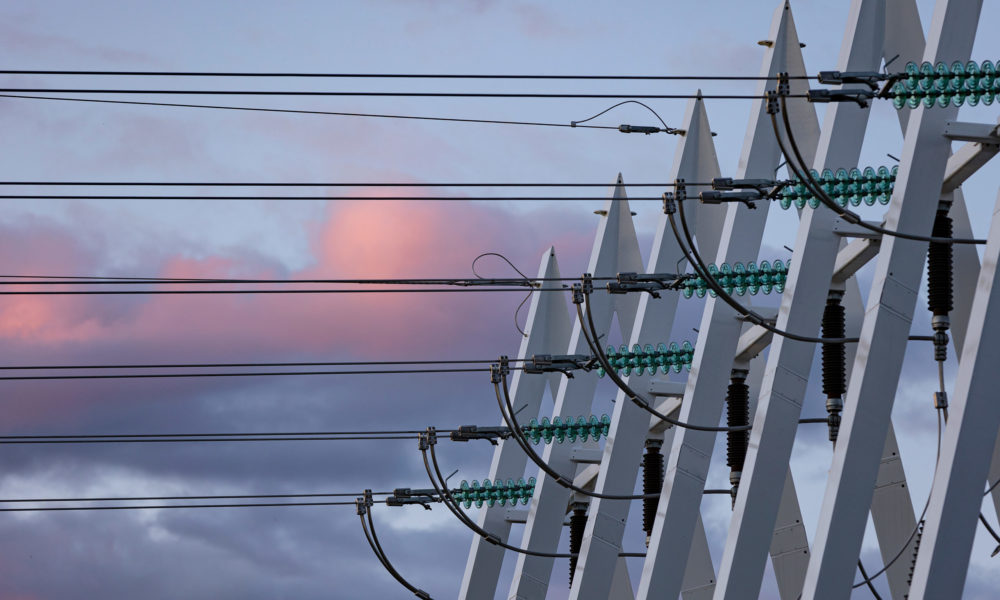“Our substations contain different types of equipment, such as transformers, where oil is used as an insulating material. The amount of oil varies depending on the size of the substation, but it can be as much as several hundred tons. Substations also contain small amounts of battery acid and antifreeze. Enough light fuel oil is stored at each reserve power plant to run the plant for 36 hours,” says Fingrid Expert Maija Nurmi.
The most significant chemical risks are leaks and fire.
“Fuel tanks and power transformers are always located on a bund, which can hold all the fluid in the device. Substations and reserve power plants are unmanned, so it’s important that the devices are equipped with alarm sensors that report any faults to the Main Grid Control Centre. For example, we have prepared for possible fires with containment pools to hold oily extinguishing water. The fire department collects the oily water from the pool, and it doesn’t enter the waterway. Every station and plant also has plenty of absorbent material for first response if an accident occurs.”
The Koria substation is being renewed now, and at the same time the station’s chemical safety will be updated to meet the current level at Fingrid substations.
“The bunds under the transformers are in good condition, so they don’t need any work, but the oil separators in the draining line will be upgraded. They prevent oil from entering the water system. Since bunds are open to the sky, they collect rain water and have to be rinsed regularly. After passing through the oil separator, the water is channelled through the containment pool before being released into the discharge ditch. A containment pool can prevent oily water from entering nature during fires and when an oil separator fails for some reason,” explains Nurmi.







